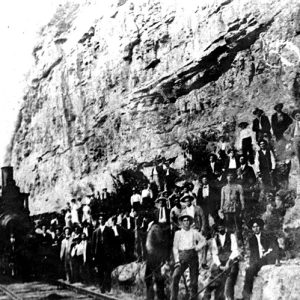 Iron Mountain Railway Crew
Iron Mountain Railway Crew
Entry Category: Transportation
 Iron Mountain Railway Crew
Iron Mountain Railway Crew
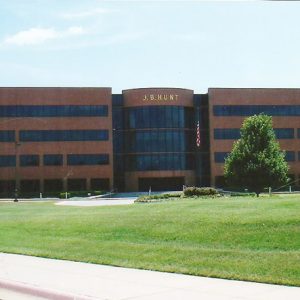 J. B. Hunt HQ
J. B. Hunt HQ
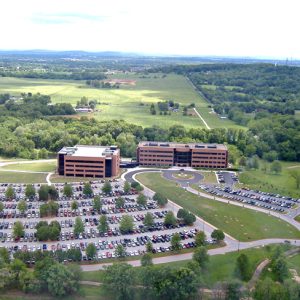 J. B. Hunt, Aerial View
J. B. Hunt, Aerial View
J. B. Hunt Transport Services, Inc.
J. S. McCune [Steamboat]
aka: Brilliant (Steamboat)
aka: USS Brilliant (Tinclad Gunboat)
 J. S. McCune Ad
J. S. McCune Ad
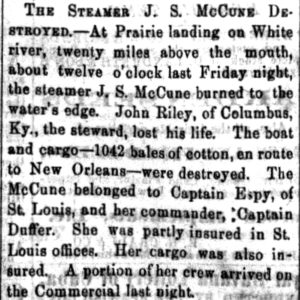 J. S. McCune Article
J. S. McCune Article
J. Wilson [Steamboat]
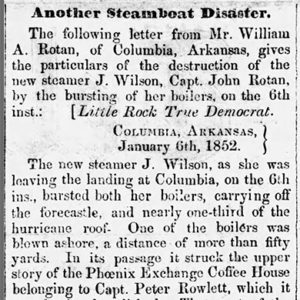 J. Wilson Steamboat Article
J. Wilson Steamboat Article
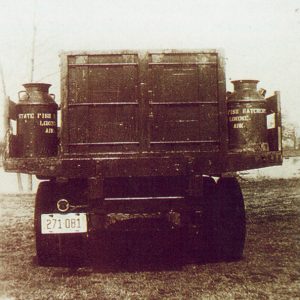 Joe Hogan Fish Hatchery Truck
Joe Hogan Fish Hatchery Truck
John Adams [Steamboat]
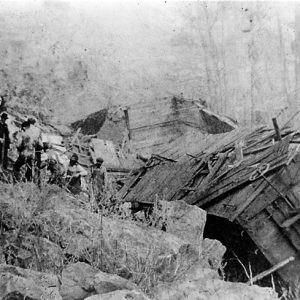 Johnson Train Wreck
Johnson Train Wreck
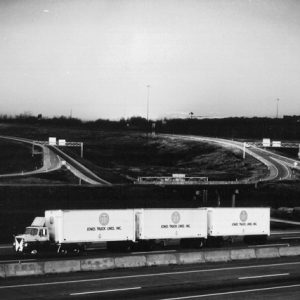 Jones Truck Lines
Jones Truck Lines
Jones Truck Lines
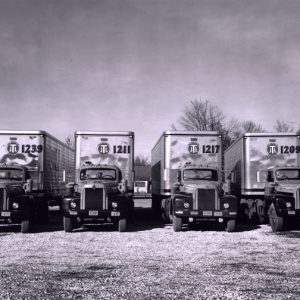 Jones Truck Lines
Jones Truck Lines
Jones, Harvey
 Harvey Jones
Harvey Jones
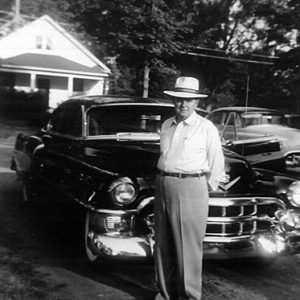 Harvey Jones
Harvey Jones
 Wiley Jones's Streetcar Stables
Wiley Jones's Streetcar Stables
Jonesboro Municipal Airport
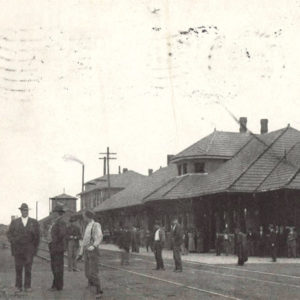 Jonesboro Union Station
Jonesboro Union Station
Jonesboro, Lake City and Eastern Railroad
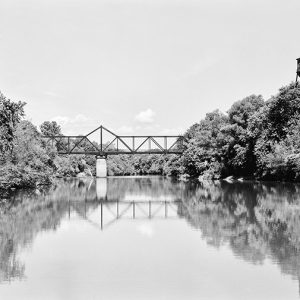 Judsonia Bridge
Judsonia Bridge
 Judsonia Company
Judsonia Company
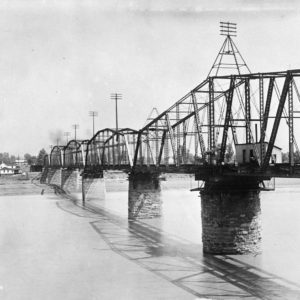 Junction Bridge
Junction Bridge
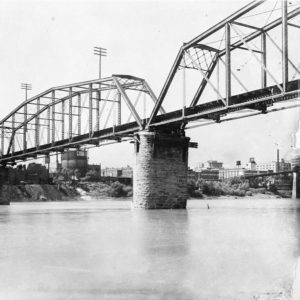 Junction Bridge
Junction Bridge
Junction Bridge
 Junction Bridge
Junction Bridge
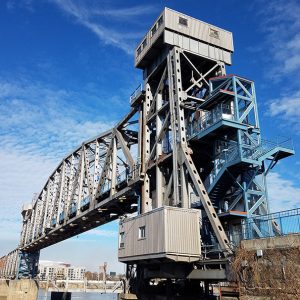 Junction Bridge
Junction Bridge
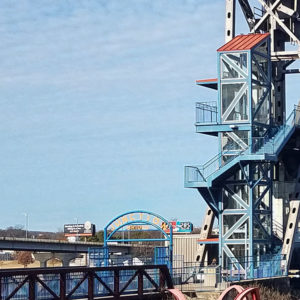 Junction Bridge Entrance
Junction Bridge Entrance
Kansas City and Memphis Railway
Kansas City Southern Railway
aka: Canadian Pacific Kansas City Limited
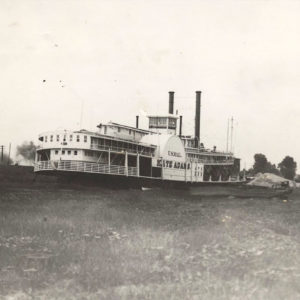 Kate Adams Steamboat
Kate Adams Steamboat
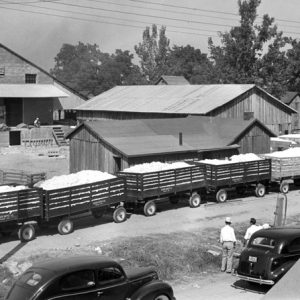 Kaiser Gin
Kaiser Gin
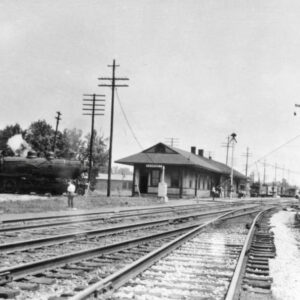 Kensett Depot
Kensett Depot
 Field Kindley
Field Kindley
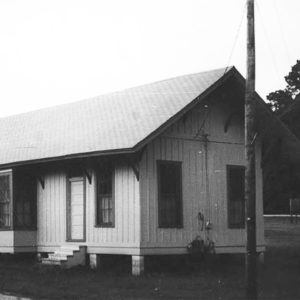 Kingsland Depot
Kingsland Depot
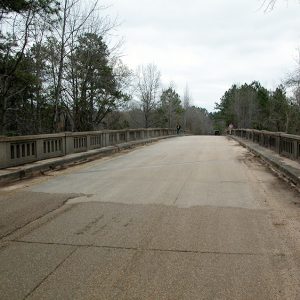 Kingsland Segment Overpass
Kingsland Segment Overpass
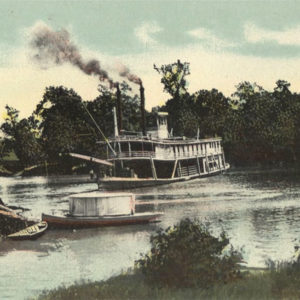 L'Anguille River Steamboat
L'Anguille River Steamboat
 Lake City Bridge
Lake City Bridge
 Lake Maumelle
Lake Maumelle
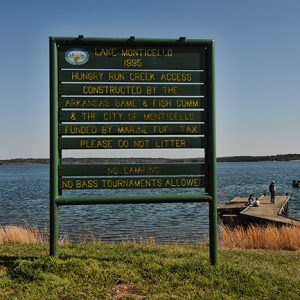 Lake Monticello
Lake Monticello
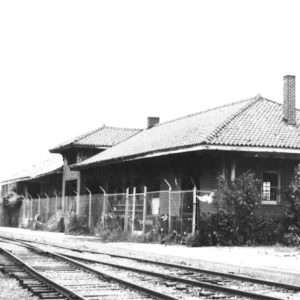 Lake Village Depot
Lake Village Depot
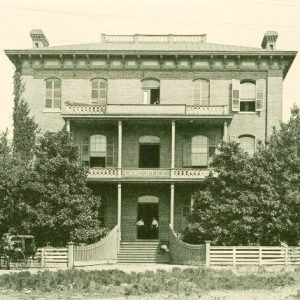 Land Office
Land Office
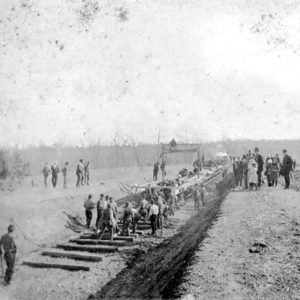 Laying Track in Carroll County
Laying Track in Carroll County
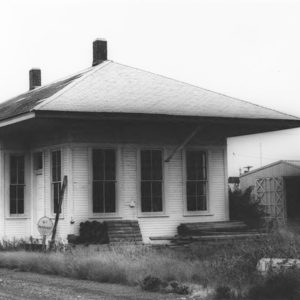 Leachville Depot
Leachville Depot
 Lewisville Speeder
Lewisville Speeder
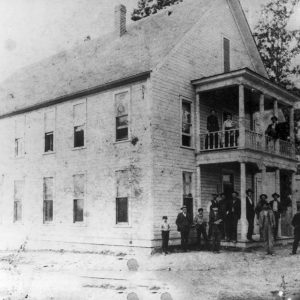 Lincoln Hotel
Lincoln Hotel
Lincoln Avenue Viaduct
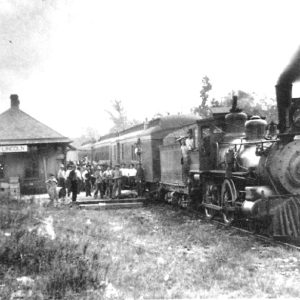 Lincoln Train Depot
Lincoln Train Depot




